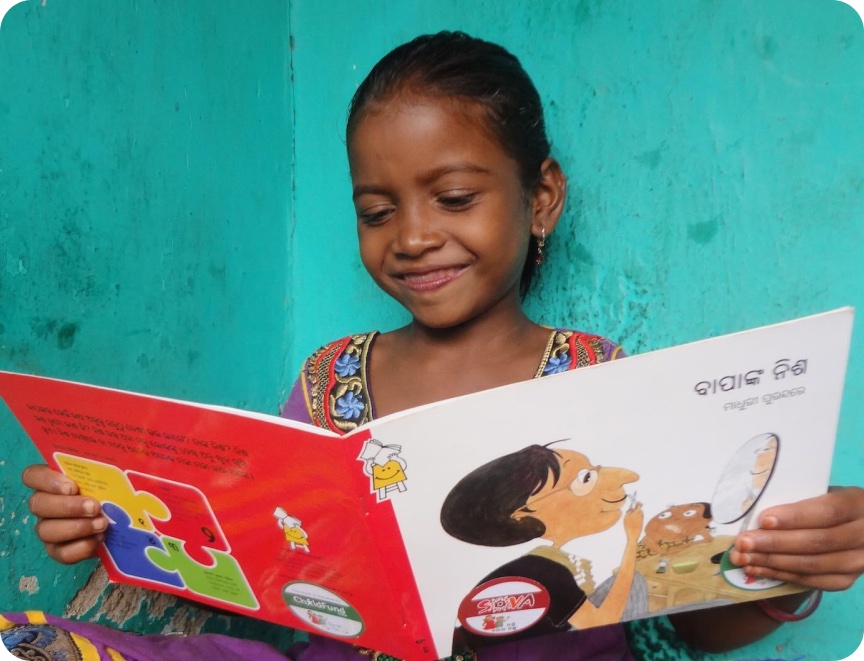Every time Lao Keu walks, pain shoots up her right leg. If she walks or stands too long her leg becomes numb and begins shaking, and she needs to rest.
“I got married during Hmong New Year last year, but when my husband’s family saw that I couldn’t work for very long in the fields because of my bad leg, they didn’t want me anymore,” Lao says in tears. “They made us get divorced and sent me back home to live with my parents.”
Lao, 18, sustained the injury more than 10 years ago. Her eyes well up with tears when she remembers the moment, and how it has since impacted her life.
Lao was playing with her older sister and two friends on her family’s farm in northern Laos when they came across a round metallic object, the size of a tennis ball, lodged in the dirt. One of her friends picked up the object and threw it. Sensing the danger, Lao’s sister and her other friend quickly ran in the opposite direction.
The bomb exploded on impact, burning Lao’s entire right leg. Metal shrapnel ripped through her flesh. She was rushed to hospital but never made a full recovery.
The boy who threw the bomb survived his immediate injuries, however later died from complications resulting from shrapnel that remained in his body.
From 1964 to 1973, the United States dropped more than 2 million tonnes of ordnance on Laos during the Vietnam War, making Laos the most heavily bombed country per capita in history.
At least 270 million cluster bombs – the size of tennis balls which can easily be picked up by curious children – were dropped as part of the bombing campaign. About 30% of those failed to detonate, posing a serious threat to children playing in the fields and preventing farming families from fully capitalising on their farms.
Every year people are maimed or killed in Laos when unexploded ordnance (UXO) finally does explode. About 40 per cent of the victims are children.





























